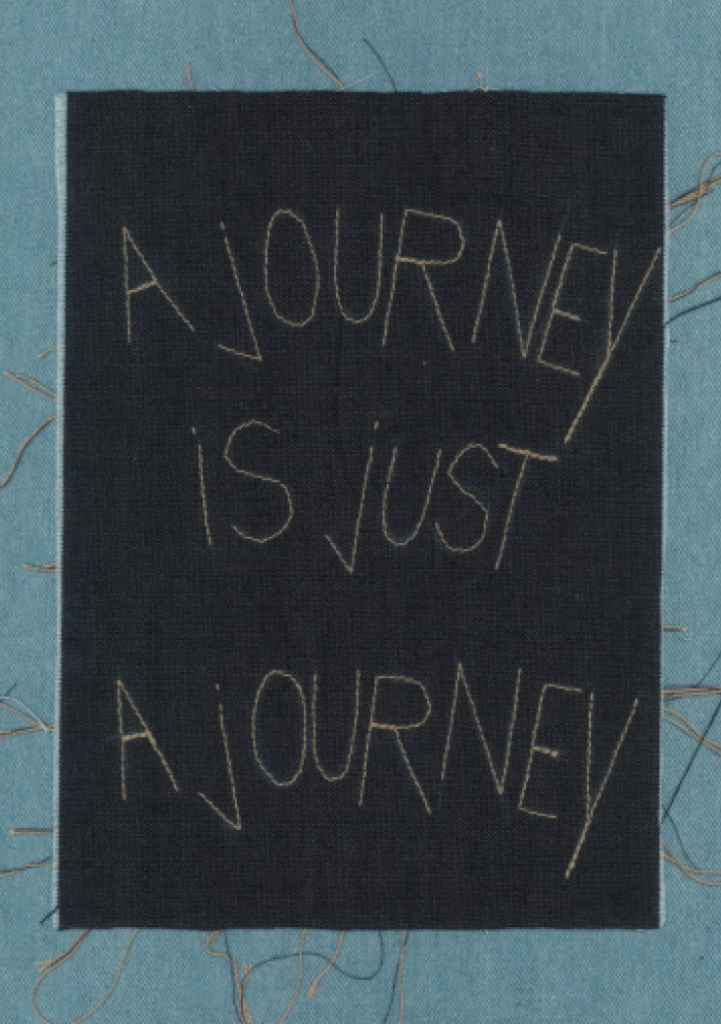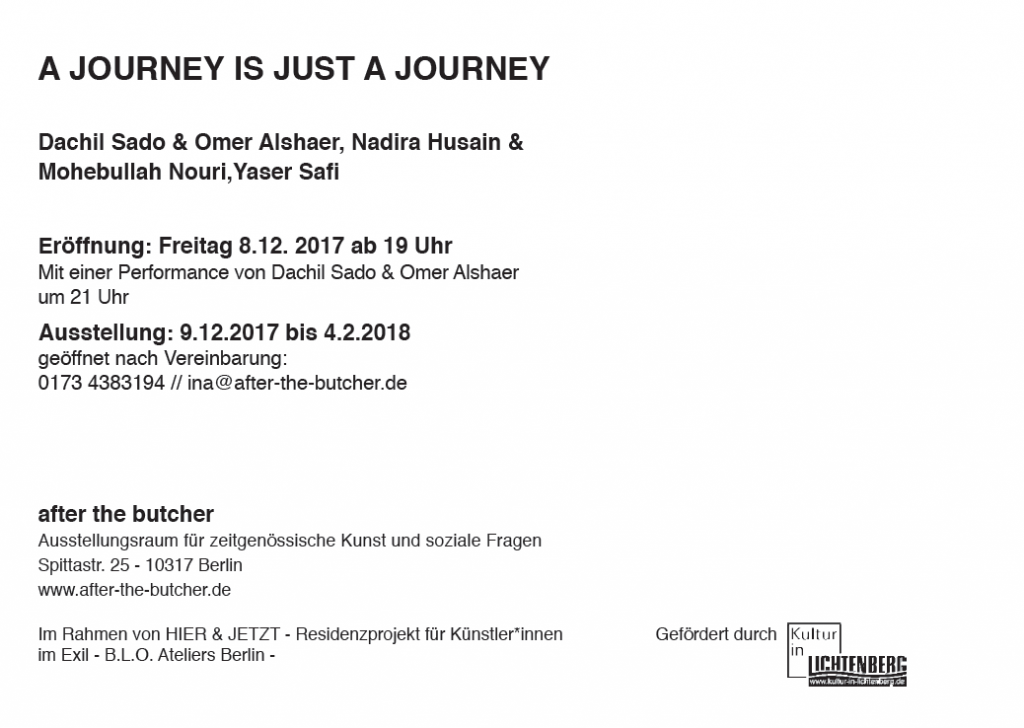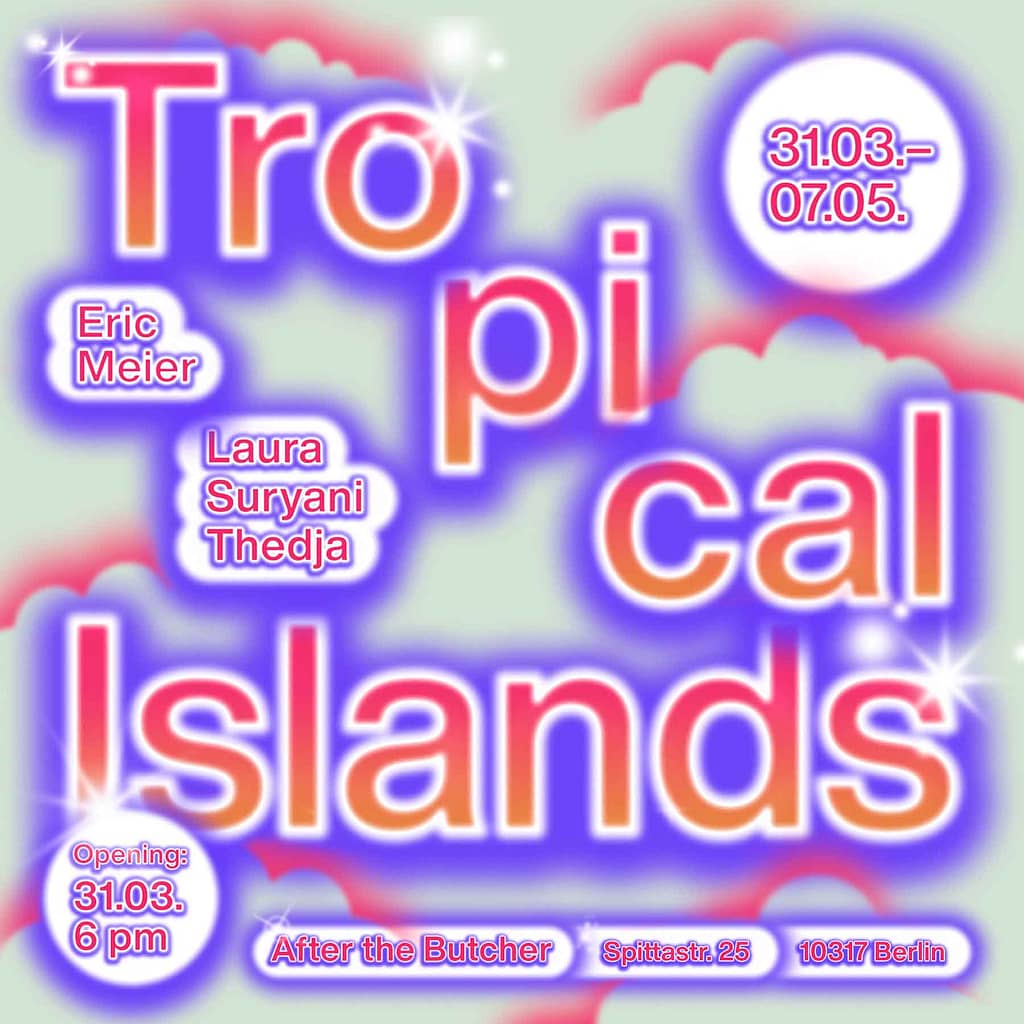
Laura Suryani Thedja & Eric Meier
Opening: Friday 31 March 2023 from 6 pm
Exhibition 1 April – 7 May 2023
Open by appointment: mailto@after-the-butcher.de or 0178 3298 106

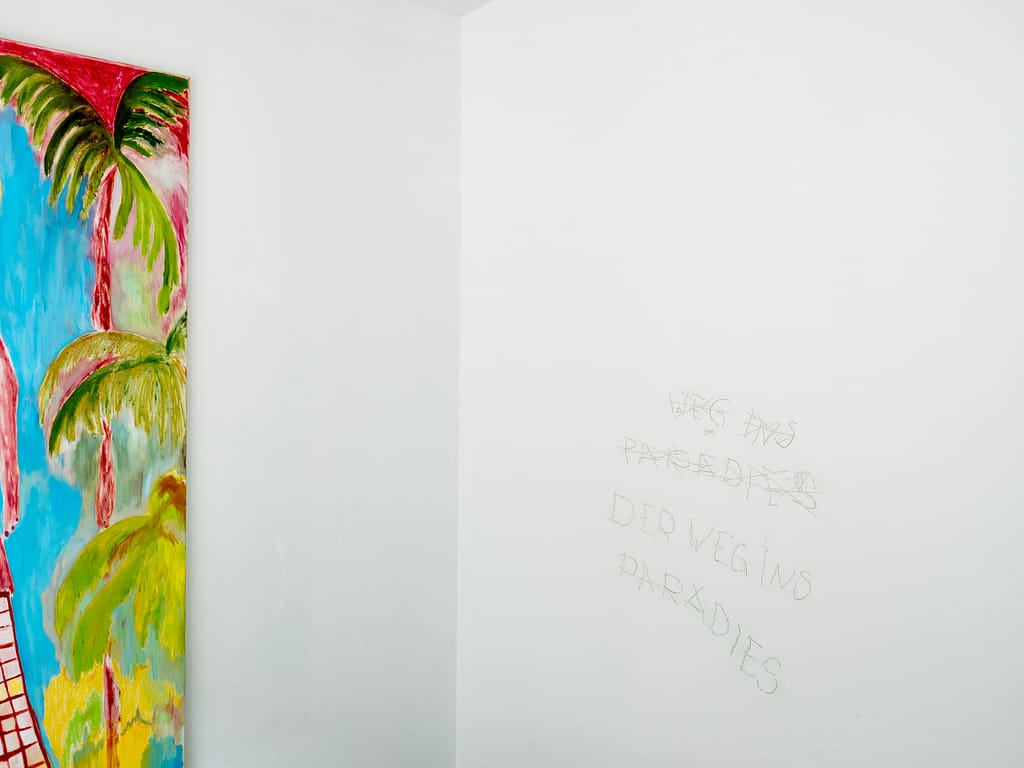
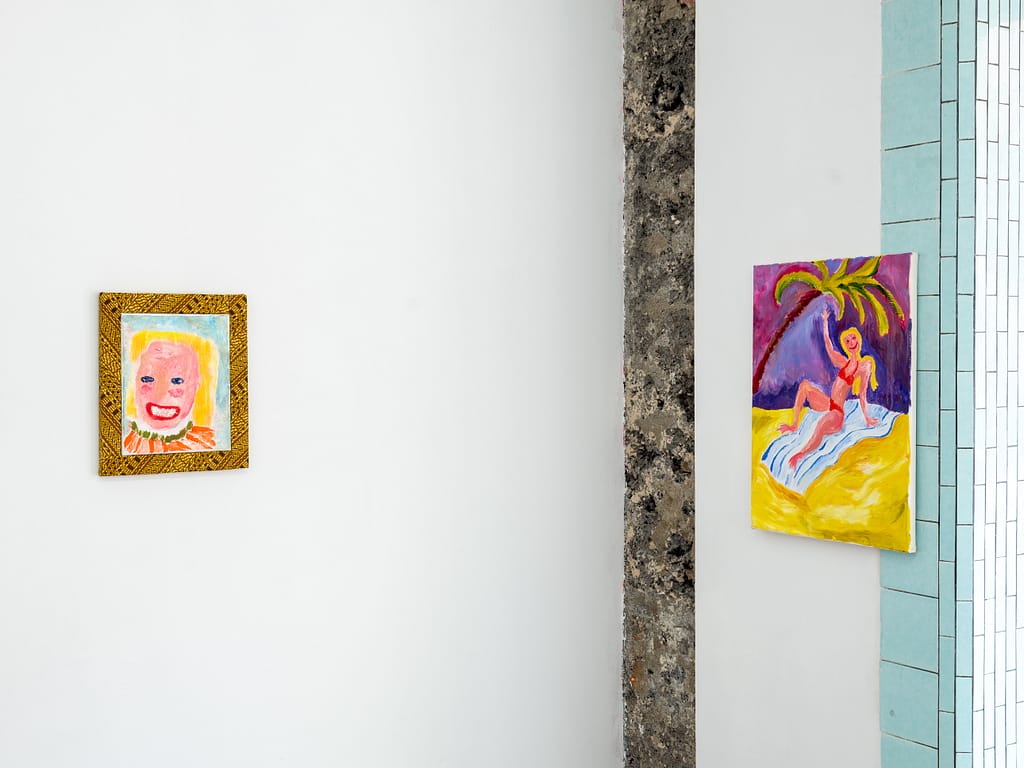
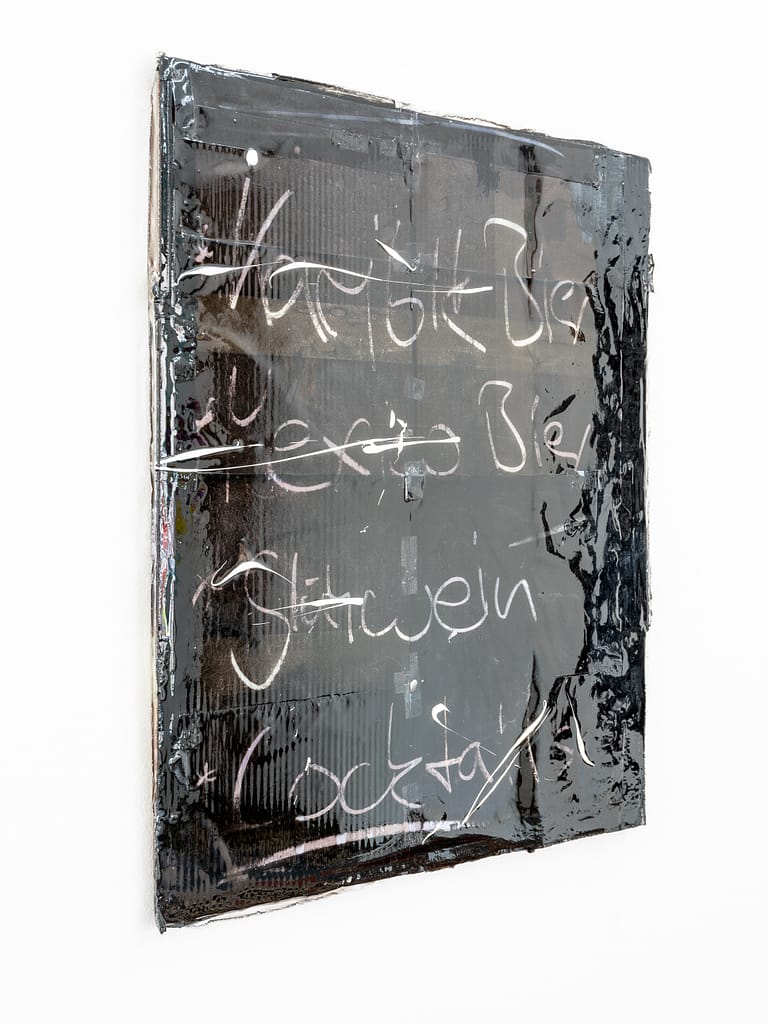
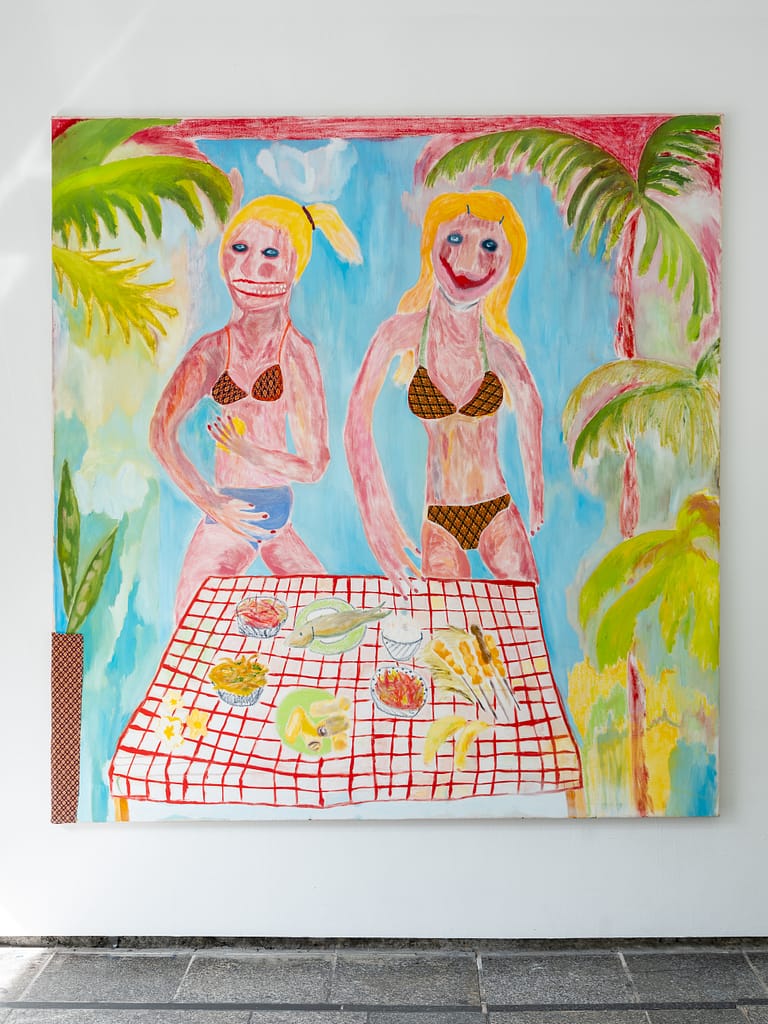
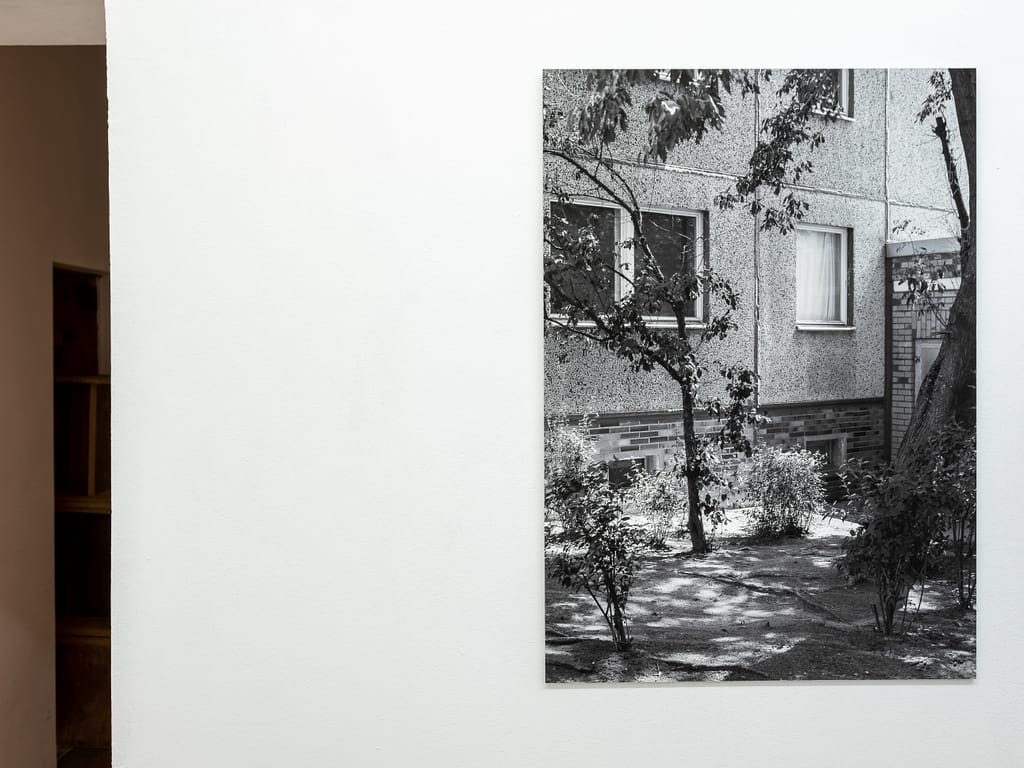

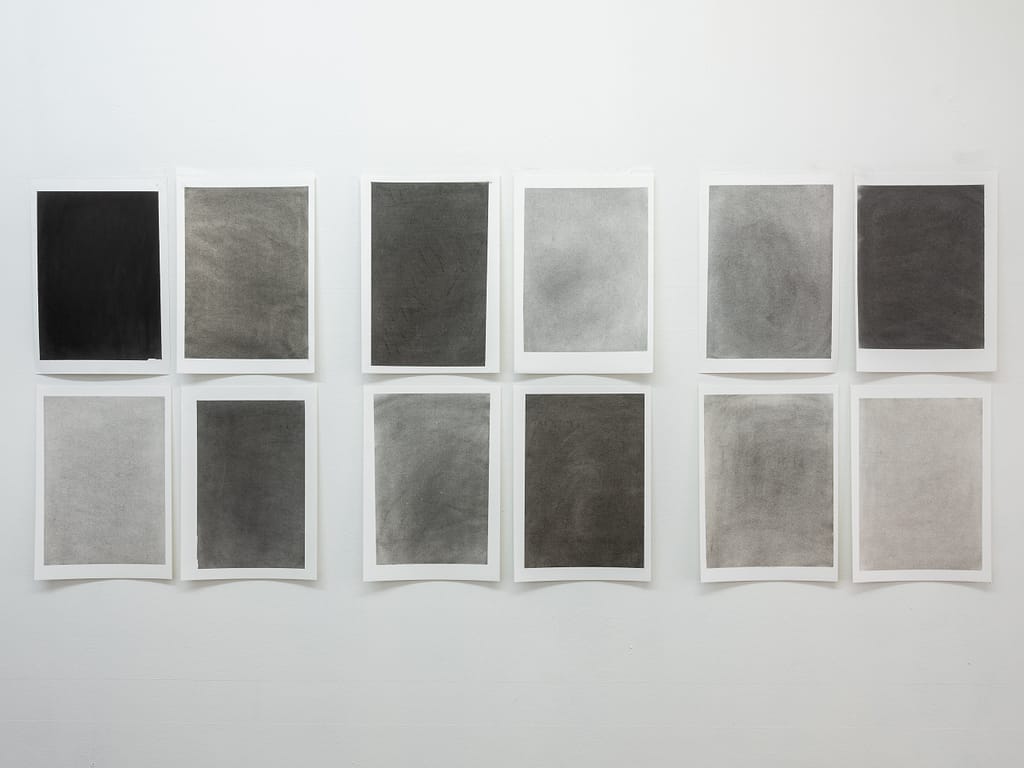
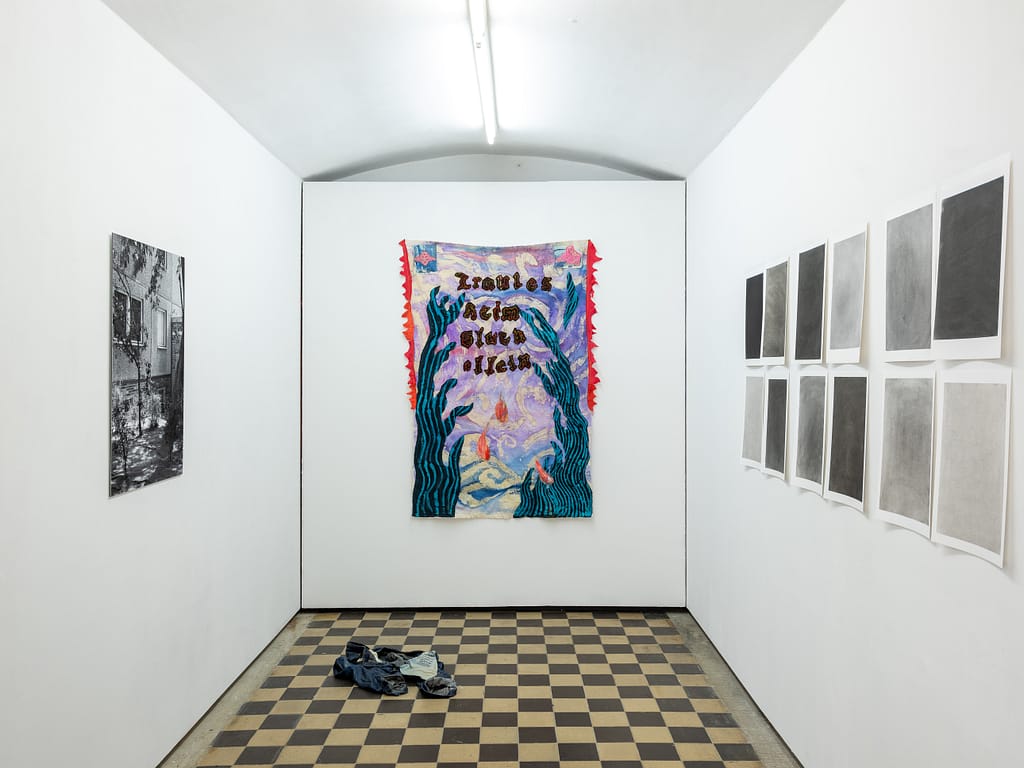
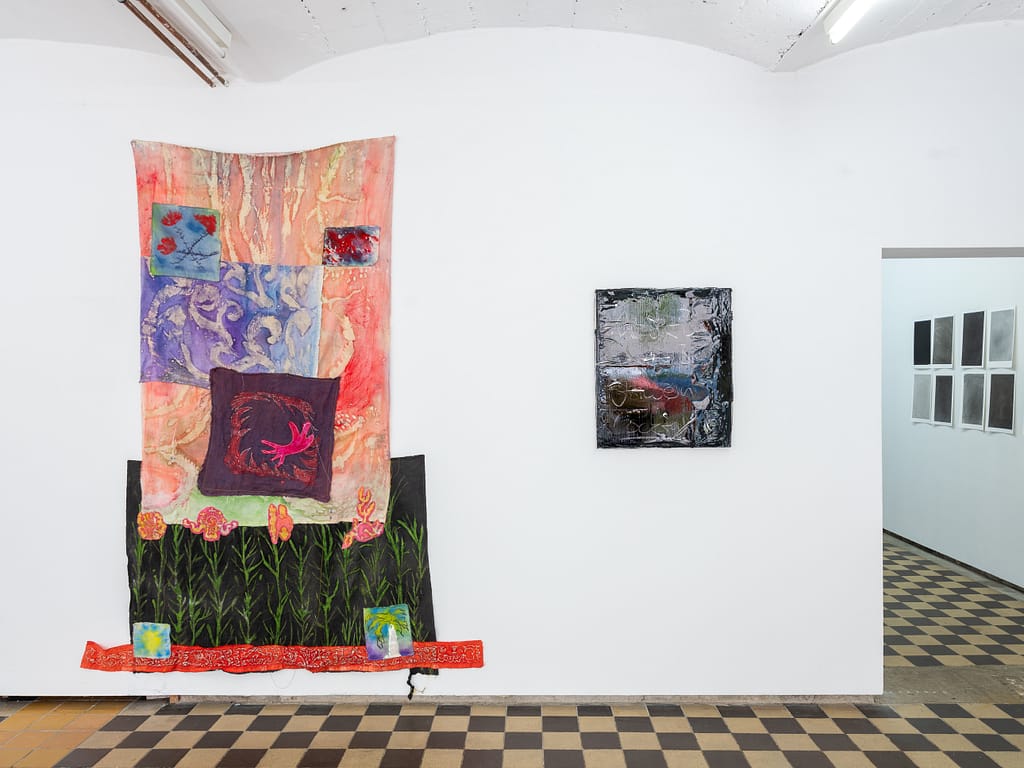
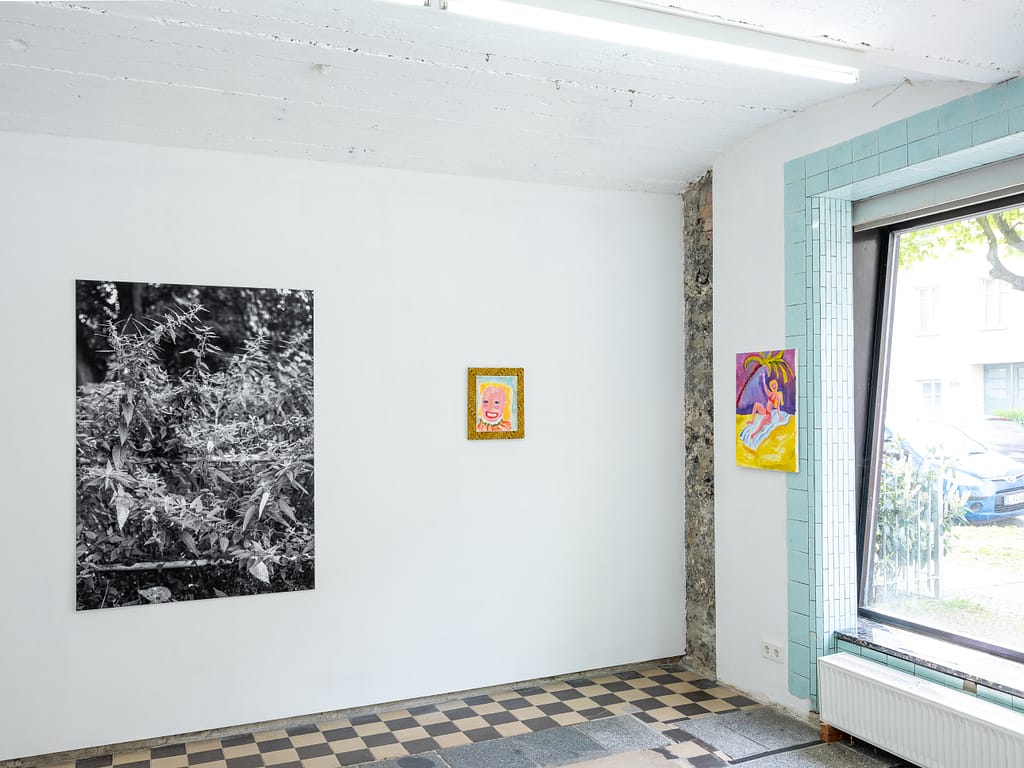

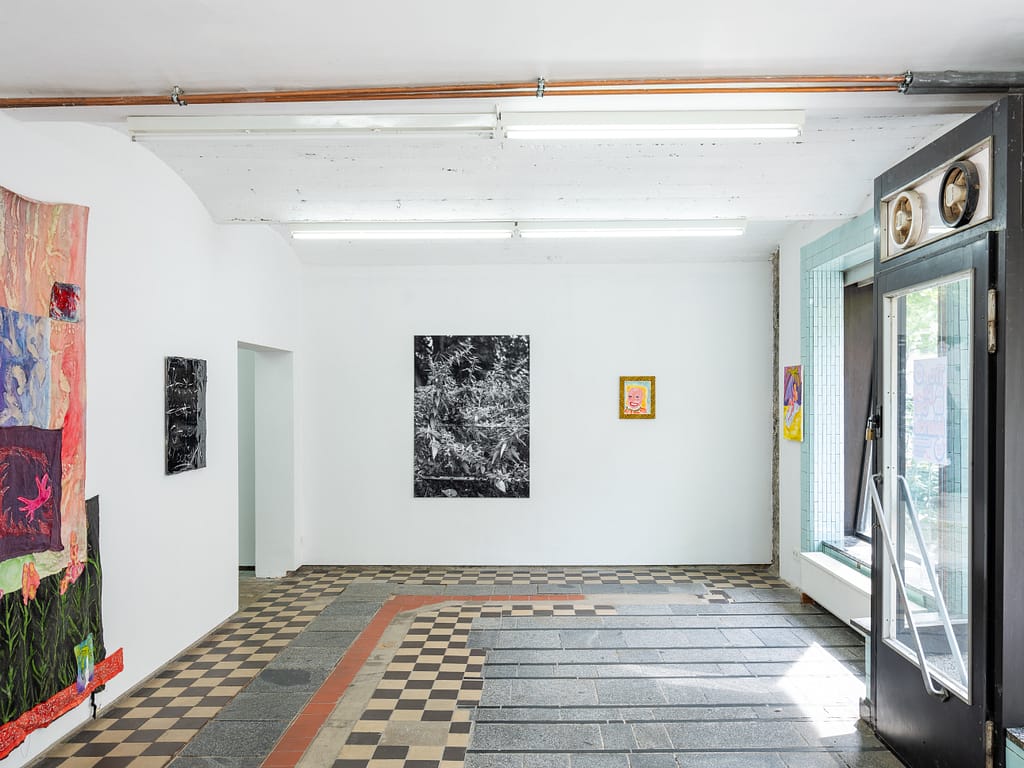


Laura Suryani Thedja & Eric Meier
Opening: Friday 31 March 2023 from 6 pm
Exhibition 1 April – 7 May 2023
Open by appointment: mailto@after-the-butcher.de or 0178 3298 106














Historical Drawing
A conversation between Judith Raum and Ines Schaber.
In artistic research processes and when working with archive material, questions repeatedly arise about the approach to or demarcation from scientific working methods and about the artistic form of processing, whereby the relationship between attention to detail and fictionalization is only one of the scales on which we have to position ourselves.
As an artist, Judith Raum spent several years researching the textile workshop of the Bauhaus and developed lecture performances and installations from it, such as the work Gittertülle shown in after the butcher, which deals with the curtain fabrics designed at the Bauhaus in 1933, the last year of the institution and the beginning of National Socialist rule.
In after the butcher, Ines Schaber (artist and author, Berlin/Los Angeles) and Judith Raum continue a conversation that they have been conducting for some time about the artistic examination of historical material and the resulting tension between documentation, narration, and abstraction.
The conversation begins at 6 p.m.
With “Glühwein” & biscuits…
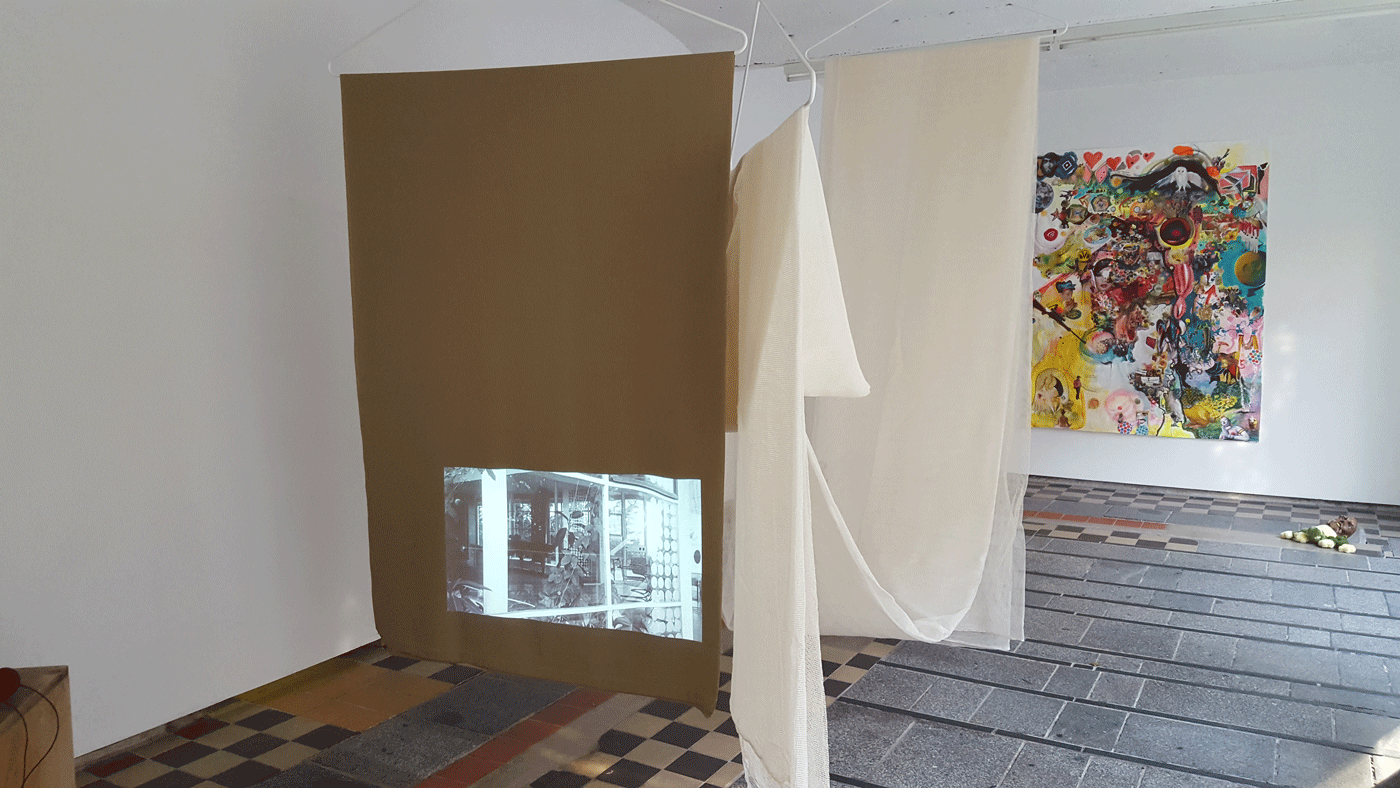
Judith Raum, Ulu Braun
Opening Friday, October 18, 2019 at 7pm
Exhibition October 19 – December 8, 2019
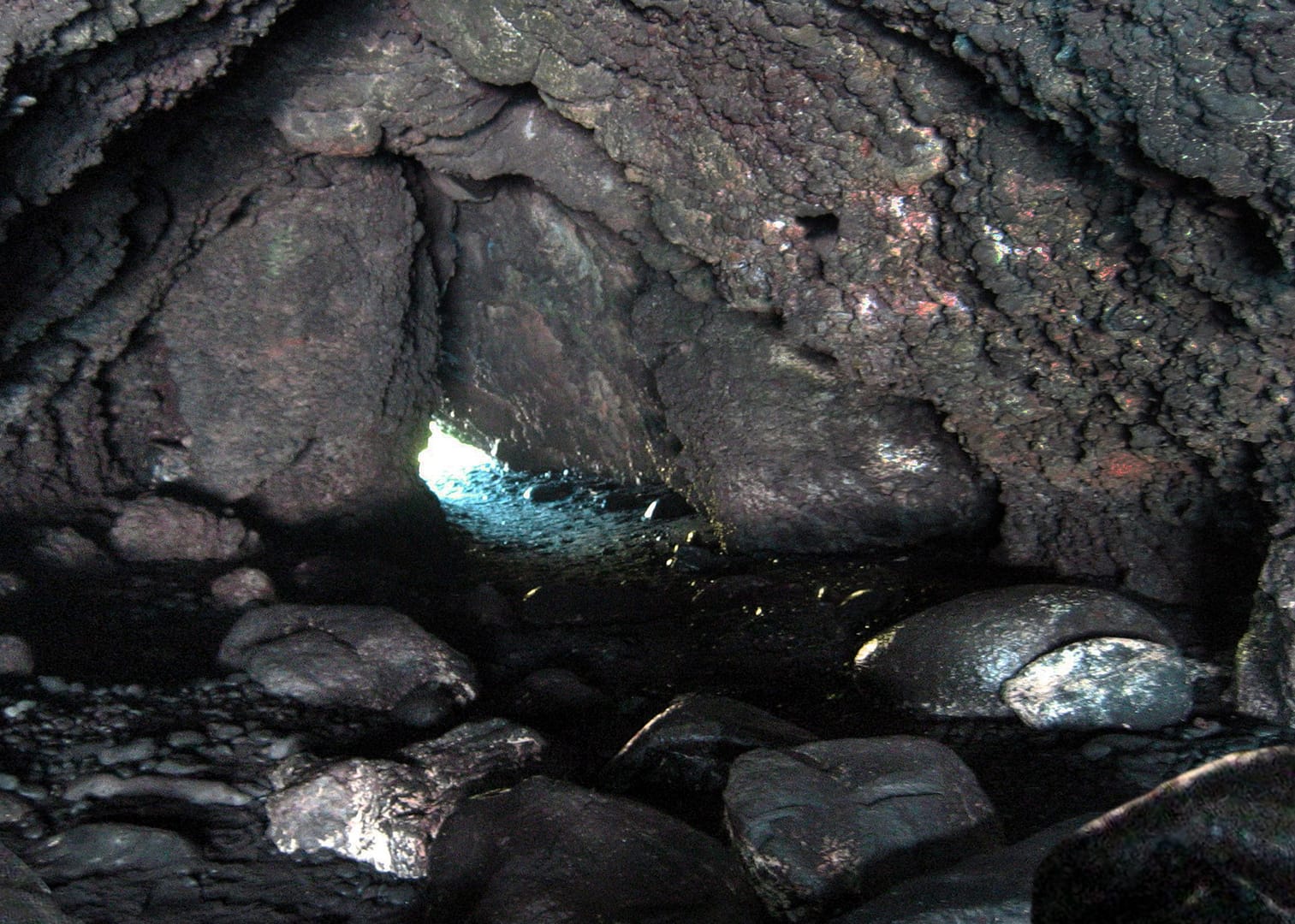
In the spring of 1933, shortly before its closure, the Bauhaus Berlin launched a final collection of woven curtain fabrics. The designers Lilly Reich and Otti Berger had supervised the development of the collection. Judith Raum’s installation Gittertüll places one type of fabric from the collection at the centre of attention: highly light-permeable window nets, so-called lattice grommets, manufactured in many places in the German Reich at the time, now extinct here. Otti Berger and Lilly Reich pursued quite different agendas with their creative work, and their collaboration was therefore conflictual. In the years following the Bauhaus, the lattice grommets continued to live on in the work of both designers in different ways. The video work within the installation explores the question of how and whether Reich’s and Berger’s different interpretations of window nets can be brought together with their political stance in Nazi Germany.
The video collage Cave TV by Ulu Braun is a video installation that shows a projection on a relief-like surface. The installation reconstructs a social situation comparable to a campfire or a television set. The collaged images of the video refer to genres, epochs and styles of media history. Media fragments reverberate and meander on the video sculpture and hypnotize their audience with lively, flowing projections and forms. An archaic ritual that questions the (earth) attraction of light and darkness. “It is like a primal campfire that draws the viewer into contemplation on existence within his medial representation.” (David L.)
Judith Raum (1977, Germany), studied fine art at the Städelschule in Frankfurt/M. and the Cooper Union NYC as well as philosophy, psychoanalysis and art history at the Goethe-University Frankfurt/M. Her installations and performances combine material-based processes and traditional artistic media such as painting, drawing and object with thematic fields, mostly researched in archives, from economic and social history. In addition to German economic colonialism in the Ottoman Empire, the textile medium and its historical interdependencies, the procedures inherent in it, and its specific materiality have often been the subject of her work in recent years. Since 2016, she has been researching the materials used in the textile workshop at the Bauhaus.
Ulu Braun (1976, Germany) lives and works in Berlin. Between 1996 and 2005 he studied painting and experimental film at the University of Applied Arts in Vienna, the University of the Arts Helsinki and the Film University Babelsberg Konrad Wolf in Potsdam. Since 1997 he has been using video as a medium to explore the field between visual art and auteur cinema. He plays a key role in the genre of video collage and the transfer from painting to video.

Maja Weyermann
Birgit Auf der Lauer & Caspar Pauli
Evrim Kavcar
Opening Friday, June 21, 2019 at 7 pm
Trembling is the Curtain, Shaken the Screen
Birgit Auf der Lauer & Caspar Pauli, Performance
Exhibition June 22 – September 14, 2019
Closing event September 14, 2019, from 3 pm
Diskussion: The Artist Maja Weyermann at 6 pm
with Kathrin Becker and Erden Kosova, moderation: Antje Weitzel,
Performance at 9 pm: Birgit Auf der Lauer & Caspar Pauli
open by Appointment +49 30 1783298106 or ina@after-the-butcher.de

Classe Pernice – i am Ellen
Opening Friday, May 3, 2019 at 7 pm
Exhibition May 4 – June 8, 2019
Closing event Saturday Juni 8, 2019, at 12 pm
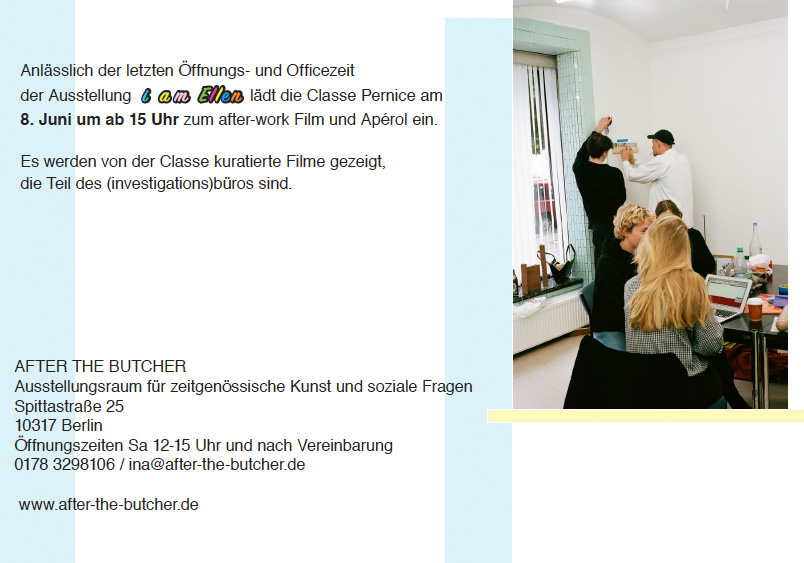
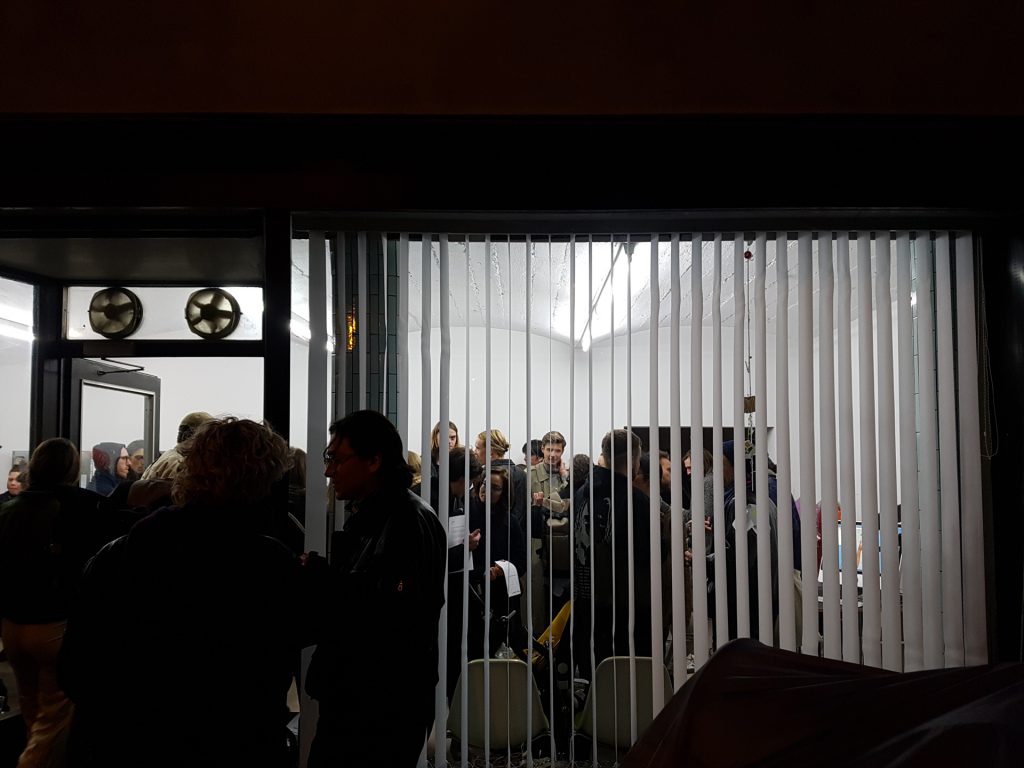


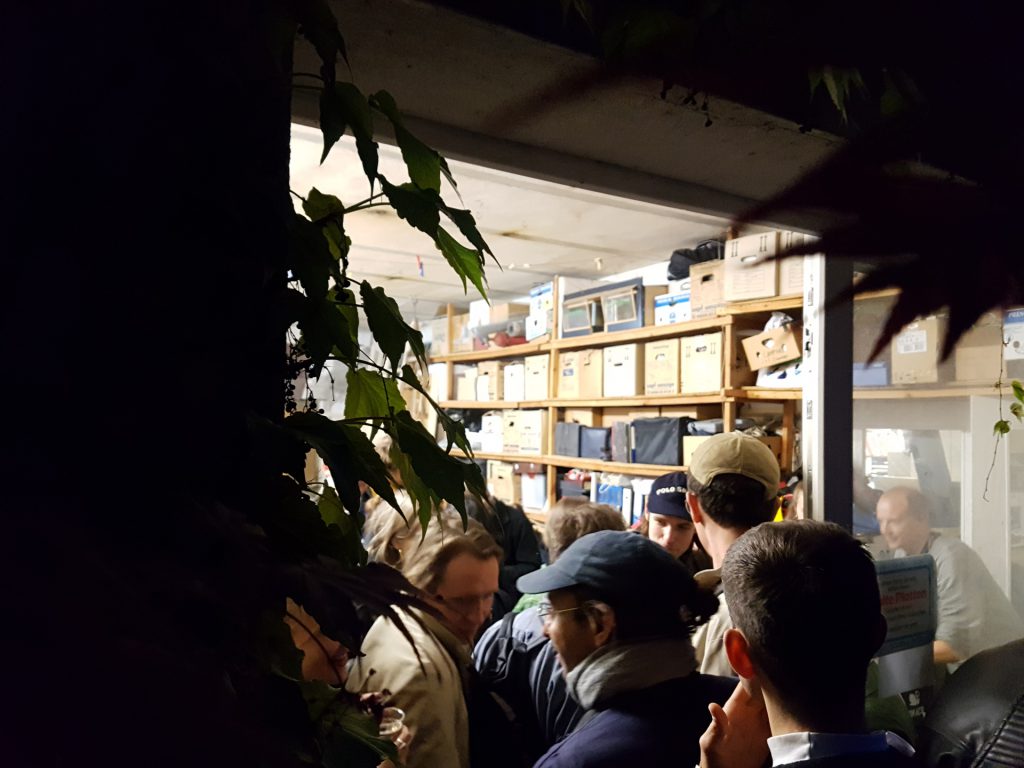
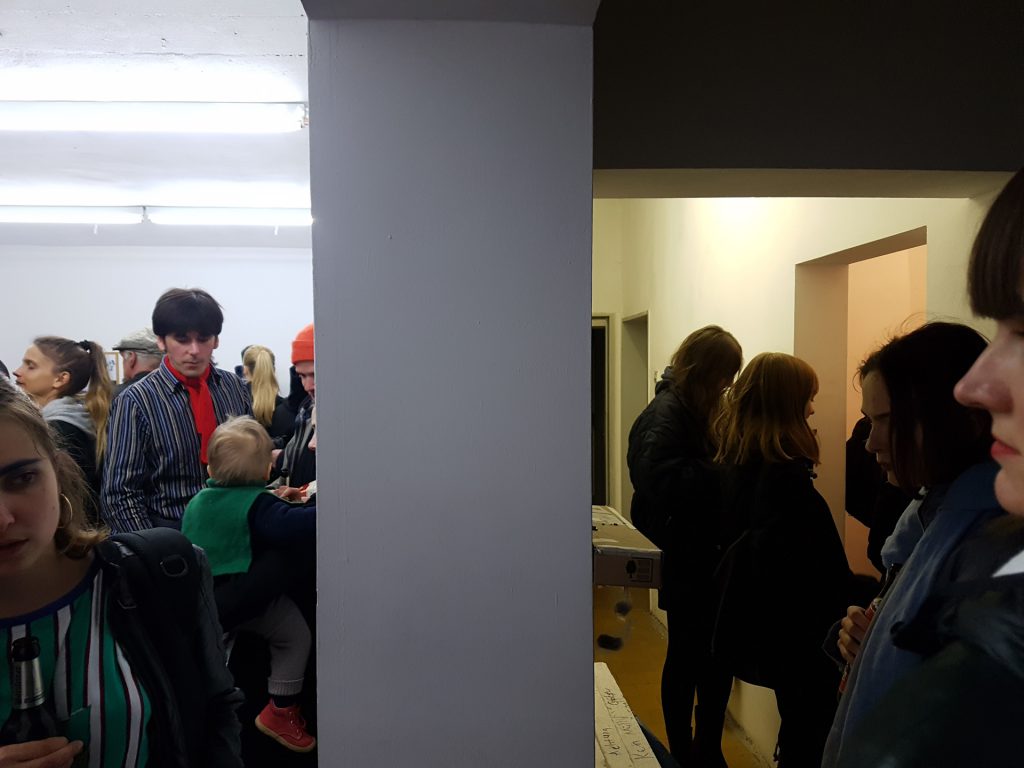
enaeliseaicher.com
goksubaysal.com
hannahsophiedunkelberg.com
larschristensen.net
wendelinkammermeier.com
Opening Friday, February 15, 2019 at 7 pm
Exhibition February 16 – April 20, 2019
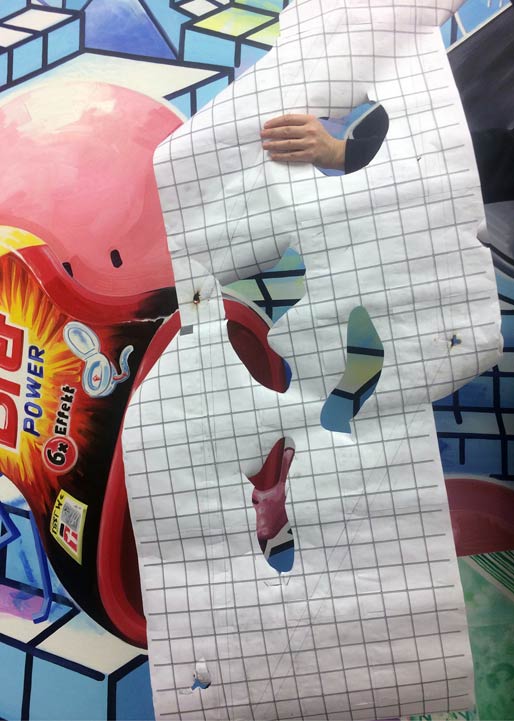
https://frieze.com/article/sunah-choi-and-marcus-weber-capture-city-flux?language=de
Opening Friday, November 23, 2018 at 7 pm
Exhibtion November 14, 2018 – January 5, 2019
open by Appointment on 0178/3298106 oder ina@after-the-butcher.de

Exhibition September 29 – November 11, 2018
Opening Friday, September 28, 2018 at 7 pm
Discussion Event: Thursday, October 4, 2018, 7 pm
By clients* and researchers: Art vs. right-wing terror With Ayşe Güleç (Die Gesellschaft der Freundinnen von Halit, Kassel), Fritz Lazlo Weber (artist, Kassel) and Dieter Lesage (philosopher, Royal Institute for Theatre, Cinema and Sound, Brussels), moderated by Nora Sternfeld (documenta professor, Kunsthochschule Kassel).
On the opening weekend of Berlin Art Week:
Saturday, November 29, Sunday 30, 12-6 pm


In Entanglements / Verstrickungen, after the butcher presents three artistic positions that deal with issues that were already a concern of historical modernism in confronting capitalism. How can art engage in society? Can it implement pioneering new ideas that change the current situation in a positive way?In this spirit, the unique work 77sqm_9:26minby Forensic Architecture is directly addressing a legal suit and a political debate. Gesellschaft der Freund*innen von Halit, an international group of artistsand activists, commissioned the research group from London to investigate the involvement of the Hessian secret service agent Andreas Temme in the Kassel NSUmurder of Halit Yozgat. In a detailed simulation, the research group refutes the statements of the secret service agent who was present at the scene of the crime, when the murder happened in a Kassel Internet café.The sculptor Michaela Meise presents her work Der Ort, Station Zfrom 2007 for the first time in Berlin. Station Z was a camouflaged site of execution within the NS concentration camp of Sachsenhausen, north of Berlin. Meise focuses in her work on the concentration camp memorial architecture of this charged location. In an artist’s book, she reflects on the various contexts of memorials in East and West Germany andtheir divergent architectural solutions and implementations. Tomás Saraceno presents spider/webs weaving their filigreed webs. For the exhibition Entanglements, the artist will experiment with a radio antenna that feeds an alternative open source wireless community network with live broadcasts of sounds coming from a colony of social and solitary spiders. While working on their webs their urgent vibrations can be understood as emergent rhythmstowards a world of interspecies solidarity.
The exhibition will take place in collaboration with Neuer Berliner Kunstverein (n.b.k.) as part of the exhibition project A 37 90 89 –Die Erfindung der Neo-Avantgarde (The Invention of the Neo-Avantgarde)on the project space of the same name in Antwerp fifty years ago. It will take place in the framework of Berlin Art Week and is funded by Hauptstadtkulturfonds.
Forensic Architecture is an independent research collective at Goldsmiths, University of London. The group was commissioned by the Society of Friends of Halitand the April 6th Initiative to investigate the killing of Halit Yozgat by the rightwing NSU terrorist group. The work was coproduced by documenta 14. Also on display is a video (camera: SefaDefterli) of the demonstration “No Tenth Victim” on May 6, 2006, which was organized by friends and supporters of the Yozgat family from the local April 6th Initiativein Kassel.
Michaela Meise (* 1976) lives in Berlin. The media she uses range from drawing and sculpture to performance and music, and she also arranges pictures and texts and integrates them into collage-like installations. She is represented by the King Gallery.
Tomás Saraceno (* 1973) is an Argentine artist living in Berlin. His artistic work often connects science, architecture and society. He examines different social systems and networks in which the human being moves. He is represented by the Gallery Esther Schipper.
July 14, 2018 at 3 pm
Performance by KATHARINA AIGNER
* Due to illness the lecture by MARINA VISHMIDT had to be postponed and will now take place on the occasion of a second version of MILIEU in Vienna in September 2018 at Krobath (exact date tba) *
Exhibition May 25 – July 28, 2018
Opening Thursday, May 24, 7 pm
KATHARINA AIGNER
MARIA EICHHORN
MARYLIN GREEN
SISKA KATRINE JØRGENSEN
STEPHANIE TAYLOR
MIRJAM THOMANN
JENNI TISCHER
TITRE PROVISOIRE
Open: Saturday, 12-5 pm
or by Appointment ina@after-the-butcher.de
MILIEU was initialised by MIRJAM THOMANN and JENNI TISCHER.

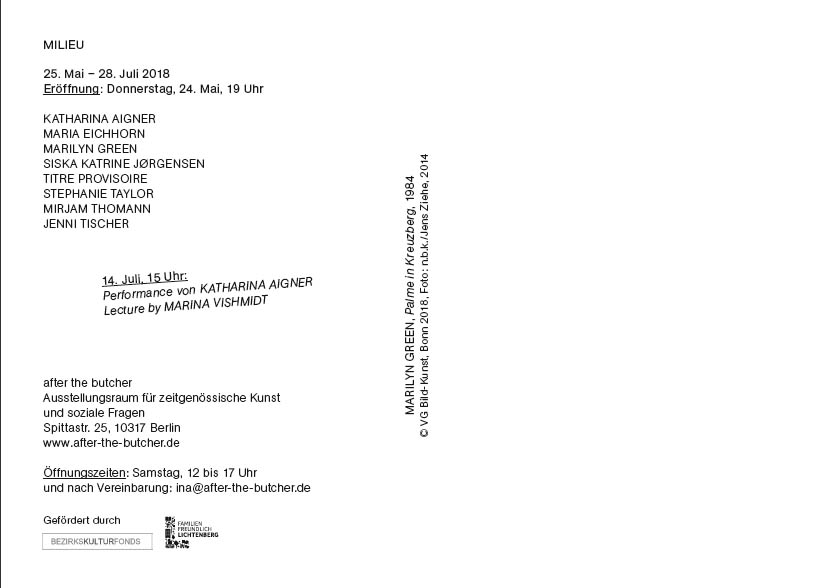
Opening Friday, March 2, 2018 at 7 pm
Exhibition March 3 – April 8, 2018
Closing event Sunday May 13, 2018 2-5 pm
open by Appointment on +49-(0)179-947 3040 or
+49-(0)179-636 979
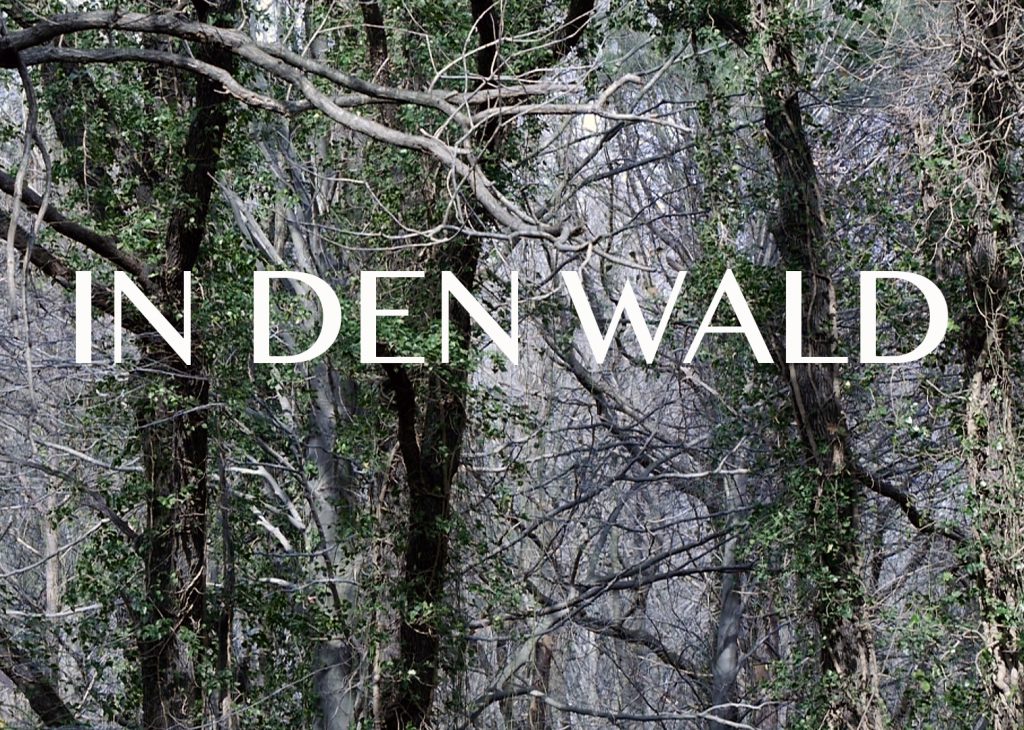
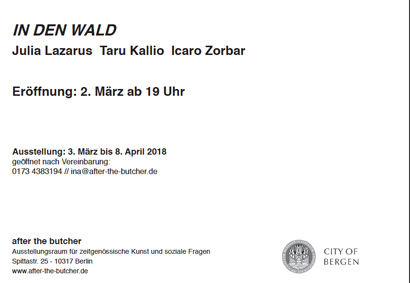
In the video installation After Nature, Julia Lazarus shows for the first time in Berlin scenes from her film made in Istanbul, for which she accompanied a group of dietary Turkish activists from Kuzey Ormanları Savunması(Northern Forest Defense) in their resistance to the gigantic infrastructure measures north of Istanbul on the coast of the Black Sea. Large-scale construction projects (such as the third bridge, the third airport, and the planned canal) are destroying a forest and water conservation area that has been under nature conservation for centuries and has so far provided the metropolis with water and fresh air. Lazarus’ work questions the planned development, which will yield high profits for a few but whose social benefits remain in the dark. However, her film shots also tell of the contradiction of our concept of nature, which imagines nature as untouched wilderness, far away from our metropolitan life. A few weeks ago, Taru Kallio and Icaro Zorbar undertook a joint artistic research trip through the South American jungle. In the exhibition, they present new works based on the material they collected on this journey.
In her installation Searching for an animal with no-name, Taru Kallio also focuses on those moments in which it is not possible to establish a connection between man and nature, because man has become the most important factor influencing biological, geological and atmospheric processes on Earth. She works with drawings, paper, wood, PVC and LED lights. While the drawings refer to scientific illustrations of flora and fauna, the installation also processes mythical, religious and cultural narratives of humans, animals and the plant world.
During the journey Icaro Zorbar was interested in the perception of time and wondered what the feeling of home meant against the background of the possibility of being lost in the jungle. His installation Night bird’s shadow consists of text and sound from which he spins a looped narrative, in which fictitious elements blend with facts and at the same time the connection between technology and memory is reflected.
Julia Lazarus (born 1971 in Germany) lives in Berlin. She studied at the University of the Arts in Berlin and at the California Institute of the Arts in Los Angeles, USA. Lazarus is an artist, curator and filmmaker. Her films are distributed by Sixpackfilm Vienna and e-flux, Berlin/New York. Selection of exhibitions: Depo, Istanbul, 2017; District, Berlin 2016; IG Bildende Kunst, Vienna 2014; Galerie Funke, Berlin 2012; Schwules Museum Berlin 2011; Manifesta Murcia 2010; NGBK Berlin 2007. www.julialazarus.com
Taru Kallio (born 1986 in Finland) currently lives in Berlin and Hamburg. Exhibitions: ‘Materialization’ Hordaland Kunstsenter, Bergen / Norway, 2017; ‘Life Lessons’ Galleri Fisk, Bergen / Norway, 2016; ‘LUST’ Galleria Jangva, Helsinki / Finland, 2014; ‘Bläckfiskens hjärta’ Kulturföreningen Tellus, Stockholm / Sweden, 2014; ‘Nuoret 2011 Biennale’, Taidehalli, Helsinki / Finland. http://tarukallio.tumblr.com/
Icaro Zorbar (born 1977 in Colombia) currently lives in Berlin and Hamburg. Exhibitions: ‘Stay a while, a swan song. Osnabrück Kunsthalle / Germany, 2017; ‘Floating Worlds.’14th Biennale de Lyon / France, 2017;’Nocturne, int-night.’ Arroniz Gallery, Mexico city, Mexico, 2016; ‘Preludes. VOLT projects.< Bergen / Norway, 2014; ‘The Imminence of Poetics.’ 30th Sao Paulo Biennial / Brazil, 2012 https://vimeo.com/icarozorbar
Opening Friday, December 8, 2017 at 7 pm
Closing event Sunday, Febuary 4, 2018 2-5 pm
Performance by Dachil Sado & Omar Alshaer at 9 pm
Exhibition December 9, 2017 – Febuary 4, 2018
